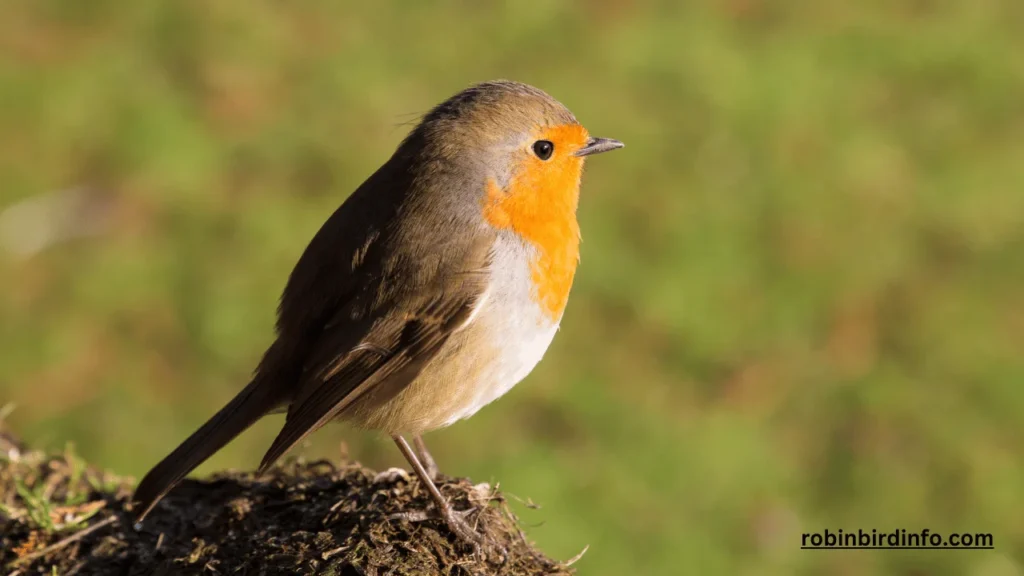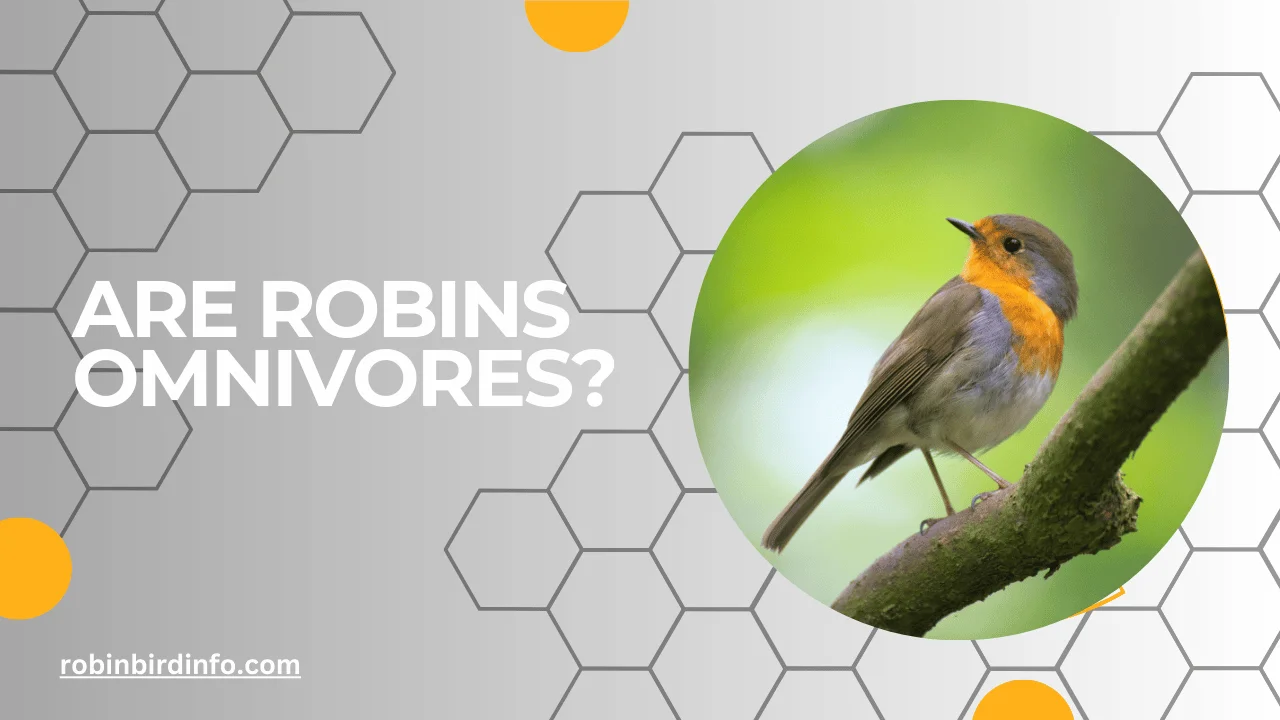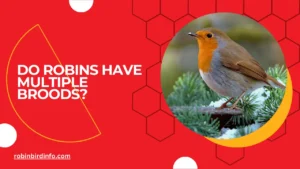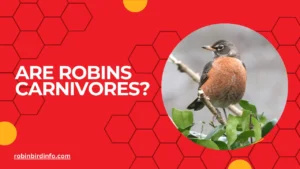Have you ever watched a Robin methodically peck at the ground, pulling out a juicy worm for its hungry brood?
It’s a classic scene, one that might lead you to believe Robins are solely dedicated insect-eating machines. But there’s more to their story! These familiar red-breasted birds harbor a surprising secret – they’re actually omnivores.
That’s right, Robins aren’t just worm-wielding warriors; they’re adaptable opportunists who enjoy a varied diet. This diversity in their food choices plays a crucial role in their survival and helps them thrive in different environments. So, ditch the image of the worm-obsessed Robin and join us on a journey to explore the fascinating world of their omnivorous lifestyle.
We’ll delve into the reasons behind their diverse diet, discover the surprising range of foods they consume, and explore the ecological benefits they provide through their varied eating habits.
Buckle up, because this isn’t your average birdwatching guide – it’s a deep dive into the fascinating world of a Robin’s surprisingly complex appetite!
Contents
Section 1: The Basics of an Omnivorous Diet
An omnivore is an organism that derives its energy and nutrients from a diet consisting of both plant and animal matter. Unlike herbivores, which primarily consume plants, and carnivores, which primarily consume meat, omnivores have a more flexible diet.
An omnivorous diet offers several advantages. It allows for a wider range of food choices, making it easier to adapt to different environments and food availability. Additionally, an omnivorous diet can provide a balanced intake of essential nutrients, including proteins, carbohydrates, fats, vitamins, and minerals.
Section 2: The Core Diet of American Robins
Insects and worms are a primary food source for American Robins, especially during the breeding season when they need to feed their young. These high-protein foods provide the energy and nutrients necessary for rapid growth and development.
Fruits and berries become a significant part of the Robin’s diet during the fall and winter months. They help to supplement their diet and provide essential vitamins and minerals.
While insects, worms, and fruits form the core of a Robin’s diet, they may also consume other food items, such as seeds, nuts, and snails. These additional food sources can provide extra nutrients and energy, especially during periods of food scarcity.
Section 3: Factors Influencing Diet
The seasonal variation in food availability significantly influences a Robin’s diet. During the breeding season, when insects are abundant, Robins primarily feed on insects to provide their young with the necessary protein. As winter approaches, fruits and berries become more abundant, and Robins shift their diet to take advantage of these seasonal food sources.
The habitat and location of a Robin can also affect its diet. Robins living in urban areas may have access to a variety of human-provided food sources, such as birdseed and fruit scraps. In contrast, Robins living in more rural areas may rely more heavily on natural food sources like insects and berries.
Individual variation in diet preferences can also occur among different Robin populations. Some individuals may have a stronger preference for certain types of food, while others may be more adaptable and willing to try different food sources.
Section 4: The Ecological Role of Robins
Robins play a crucial role in seed dispersal. By consuming fruits and berries, they help to disperse seeds to new locations, contributing to plant diversity and ecosystem health.
Robins also play a significant role in insect control. During the breeding season, they consume large quantities of insects, helping to regulate insect populations. This can benefit agriculture and reduce the need for chemical pesticides.
The ecological services provided by Robins, such as seed dispersal and insect control, contribute to the overall health and balance of ecosystems.
Section 5: Conservation Implications

Habitat loss and fragmentation can significantly impact Robin populations by reducing the availability of suitable nesting and foraging sites. This can limit their access to food and shelter, affecting their survival and reproduction.
The widespread use of pesticides can harm insect populations, which are a vital food source for Robins. This can lead to food shortages and reduced breeding success.
To protect Robin populations, it is essential to implement conservation strategies such as habitat restoration, pesticide reduction, and the creation of bird-friendly environments. By understanding the ecological role of Robins and the threats they face, we can take steps to ensure their continued survival.
Conclusion
American Robins are fascinating creatures with a diverse and adaptable diet.
By understanding their omnivorous nature and the factors that influence their food choices, we can appreciate their ecological significance and take steps to protect them. By creating bird-friendly habitats and reducing the use of harmful chemicals, we can help ensure the survival of these beloved birds for generations to come.
FAQ’s
Are Robins herbivores or carnivores?
Robins are omnivores, meaning they eat both plant and animal matter.
What do Robins eat in the winter?
During the winter, Robins primarily eat fruits and berries. They may also consume seeds and nuts.
Do Robins eat birdseed?
Yes, Robins will eat birdseed, especially during the winter months when natural food sources are scarce.
What insects do Robins eat?
Robins eat a variety of insects, including worms, caterpillars, beetles, and grasshoppers.
How do Robins find food in the winter?
In the winter, Robins may forage for food in gardens, parks, and other urban areas. They may also migrate to warmer regions with more abundant food sources.
Can Robins eat bread?
While Robins may eat bread crumbs, it is not a healthy food source for them. It lacks the essential nutrients they need to survive.








